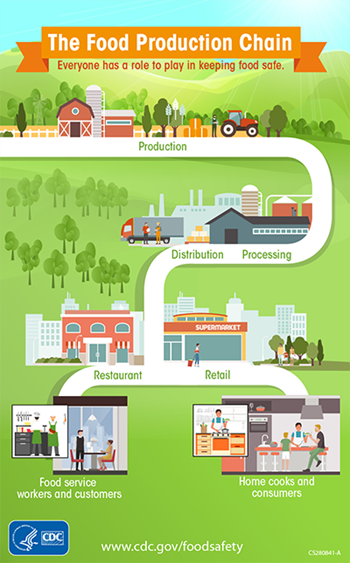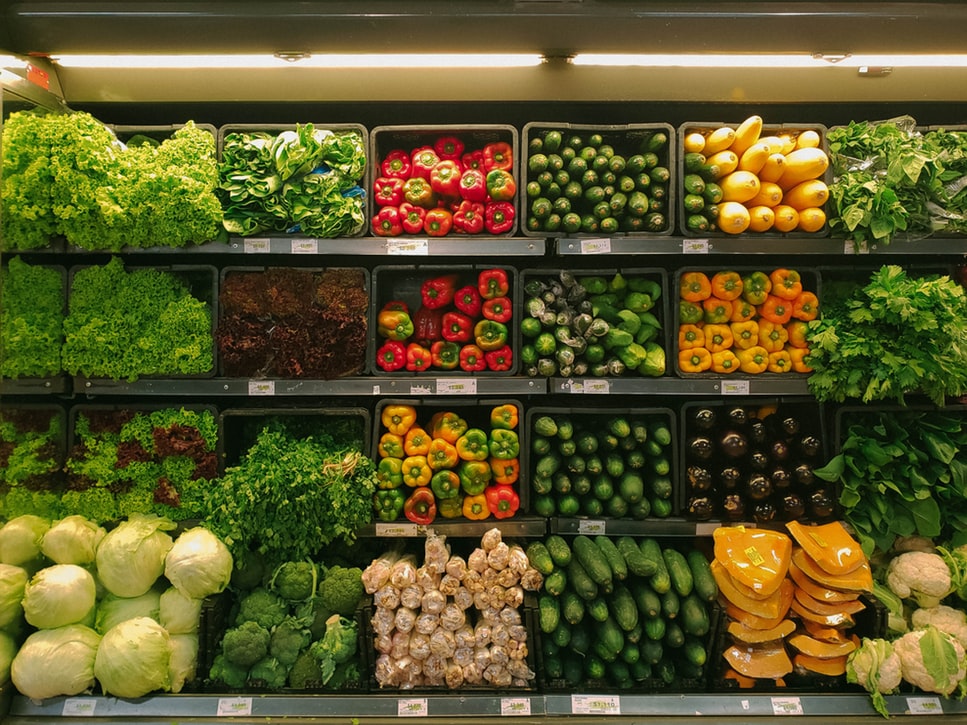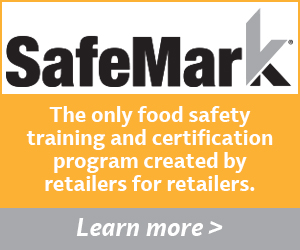By: Ashley Eisenbeiser, MS, CFS, Director, Food and Product Safety Programs, Food Marketing Institute

Traceability is a term that has become a common part of the food industry’s vocabulary over the last 15 years. The Bioterrorism Act of 2002 requires food to be able to be traced one forward and one back in the supply chain. Since 2002, there continues to be great interest from both consumers and the food industry in food traceability and the ability to track and access information about a product at any point in the supply chain, from the farm through processing to retail. Consumers want to know more and more about the food they are purchasing and they expect that this information will be provided to them. Grocers are committed to providing more information to their customers.
The Institute of Food Technologist (IFT) has been involved in food traceability for many years and in 2013 launched the Global Food Traceability Center (GFTC). GFTC is the global resource and voice on food traceability. GFTC serves stakeholders from the entire food system, by providing traceability resources through education and training, expertise, and research for industry, academia, government agencies, and consumer groups. The FMI Foundation is a founding sponsor of the GFTC and since its inception, has supported the GFTC to be the thought leader for the food industry on food traceability.
Food traceability is not a goal, but rather a backbone to many goals of the food system and plays a critical role in food safety and protecting our global food supply chain. Beyond food safety, traceability plays a role in achieving food security, sustainability, defense, and protection.
The GFTC has worked on identifying what data is needed to achieve traceability. No matter what the goal is, whether its food security or food defense, there is a common traceability framework that applies to different food sectors. There are points in the supply chain where information will need to be captured to follow the flow of food. These points are known as Critical Tracking Events (CTE). Examples of CTEs include shipping, receiving, processing, etc. At each CTE, there are data, known as Key Data Elements (KDEs) that must be captured in order to track and trace a product throughout the supply chain.
There has been a lot of buzz across the food industry surrounding the topic of blockchain. Although blockchain technology seems promising for advancing food traceability, its application is still in its infancy and we don’t know what role it will play in food traceability in the future. However, we do know that the future and success of blockchain and other emerging technologies to enhance traceability will still depend on the collaboration of supply chain partners to adopt harmonized and interoperable systems that allow for the exchange of Key Data Elements at Critical Tracking Events.
No matter what the future of food traceability looks like, grocers need to consider and be prepared for what implications consumer trends and consumer expectations will have on food traceability.
Check out the resources below or visit FMI Center for Food Safety and Defense for more information on food safety, including traceability:
- FMI Traceability FAQ for Retailers
- FMI Traceability Backgrounder
- Benefits of Traceability Beyond Food Safety
- FMI Webinar Recording: Traceability in a Global Food System Webinar hosted by the FMI Foundation


 Industry Topics address your specific area of expertise with resources, reports, events and more.
Industry Topics address your specific area of expertise with resources, reports, events and more.
 Our Research covers consumer behavior and retail operation benchmarks so you can make informed business decisions.
Our Research covers consumer behavior and retail operation benchmarks so you can make informed business decisions.
 Events and Education including online and in-person help you advance your food retail career.
Events and Education including online and in-person help you advance your food retail career.
 Food Safety training, resources and guidance that help you create a company food safety culture.
Food Safety training, resources and guidance that help you create a company food safety culture.
 Government Affairs work — federal and state — on the latest food industry policy, regulatory and legislative issues.
Government Affairs work — federal and state — on the latest food industry policy, regulatory and legislative issues.
 Get Involved. From industry awards to newsletters and committees, these resources help you take advantage of your membership.
Get Involved. From industry awards to newsletters and committees, these resources help you take advantage of your membership.
 Best practices, guidance documents, infographics, signage and more for the food industry on the COVID-19 pandemic.
Best practices, guidance documents, infographics, signage and more for the food industry on the COVID-19 pandemic.
